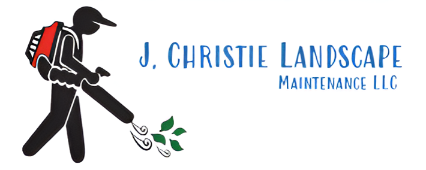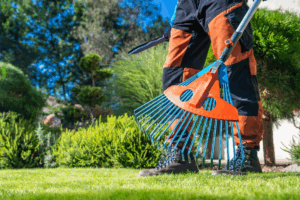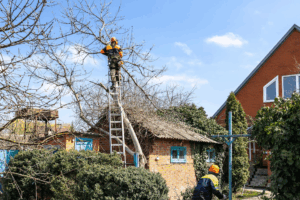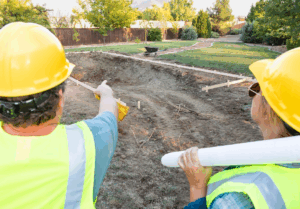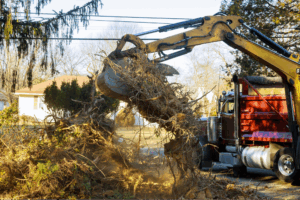Storms can quickly transform trees into dangerous hazards, with strong winds and heavy rain causing limbs to snap or trees to uproot. In these situations, emergency tree removal is key to preventing damage to property and ensuring safety for everyone involved. Knowing when to call for help and what happens during removal makes a big difference. Planning can also lower the risk of tree-related issues during future storms.
What Emergency Tree Removals Do
After a storm, emergency tree removal helps restore safety and prevent further damage. It addresses the immediate threats caused by fallen or damaged trees that could harm structures or block pathways. This process involves quick action, ensuring your property remains secure while eliminating hazards effectively.
Tree Assessment
Professional tree removal services begin by thoroughly assessing the damage to determine if removal is necessary. They check for unstable trees, broken limbs, and hazardous leaning trunks. The evaluation helps identify the level of risk involved and decide the best course of action. Only trees posing significant danger are prioritized for removal.
Tree Cutting and Removal
Once the damaged trees are identified, they are safely cut and removed using specialized equipment like chainsaws or cranes. Skilled tree removal experts cut branches and trunks into manageable sections to prevent damage to nearby structures. Care is taken to direct the tree’s fall in a controlled manner to minimize hazards. The tree is then hauled away for proper disposal.
Debris Removal
After removing the tree, the site is cleared of debris, including branches and leaves. Removing all tree remnants helps restore the area to its original state. Leftover debris can pose trip hazards or obstruct pathways, making it essential to clean up thoroughly. Professionals ensure the site is fully cleared for safety and convenience.
Stump Grinding
In many cases, tree removal involves grinding the stump down to prevent regrowth and eliminate a potential tripping hazard. Stump grinding involves using a specialized machine to break the stump into smaller pieces. This step also helps avoid attracting pests, such as termites, which can affect other parts of your property. The result is a clean, level surface ready for landscaping or further use.
How Emergency Tree Removals Help You After a Storm
Storms can leave your property at risk, with fallen or damaged trees creating hazards that may cause further damage or injuries. Emergency tree removal helps eliminate these threats by quickly addressing unstable trees and clearing debris. By acting fast, you can prevent more damage and restore safety to your property. Emergency tree removal services can help you recover after a storm by:
Preventing Property Damage
Emergency tree removal prevents further damage to your property caused by fallen or unstable trees. Trees leaning or with broken limbs can cause significant damage if not quickly addressed. Removing them early helps protect your home, vehicles, and outdoor structures. The faster a tree is removed, the less chance it has to cause extensive harm.
Clearing Obstructed Pathways
Fallen trees and branches can block roads, driveways, or walkways, making it difficult to navigate your property. Emergency tree removal clears these obstacles so you can safely move around and access important areas. This service also allows emergency responders or delivery services to immediately reach your property. Removing debris helps restore normalcy and access after a storm.
Reducing Safety Hazards
Storm-damaged trees can present serious safety hazards, including falling branches or uprooted trunks. By removing these trees immediately, the risk of injury is significantly lowered. Professionals assess the danger level and ensure the area is cleared of hazardous limbs or trees. It ensures that your property remains safe for you and your family.
Preventing Future Problems
Addressing storm-damaged trees early can help prevent future issues like pest infestations or further structural damage. Damaged trees can attract pests like termites, which can spread to other parts of your property. By removing the tree, you eliminate this risk and ensure the long-term health of your landscape. This proactive approach helps protect your property from additional damage in the future.

Risks of Delayed Emergency Tree Removals After a Storm
When a storm leaves trees damaged or unstable, delaying their removal can lead to serious consequences. The longer you wait, the more likely these trees are to cause further damage or injury. The risks of leaving storm-damaged trees unchecked grow as time passes, making it critical to act quickly. Knowing the risks associated with delayed emergency tree removals after a storm can help you take action:
Increased Property Damage
Delaying tree removal increases the risk of further damage to your property. Trees leaning or with broken limbs can continue to shift or fall, potentially causing more harm to your home or vehicles. The longer a damaged tree is left in place, the higher the chance it will cause severe destruction. Acting quickly can prevent costly repairs down the line.
Greater Safety Hazards
Storm-damaged trees present a growing safety risk, especially if left unaddressed. Branches can break off unexpectedly, creating dangerous debris or falling directly onto structures or people. Uprooted trees can also pose significant tripping hazards. The longer these threats are left standing, the greater the chance of injury.
Blocked Access
Storm-damaged trees can obstruct pathways, driveways, or even emergency routes. If not removed quickly, these obstructions can prevent vehicles, delivery services, or emergency responders from accessing your property. This event can delay crucial services and make it harder for you to move around. Delayed removal worsens the inconvenience and hazards caused by these blockages.
Increased Risk of Pest Infestation
Storm-damaged trees are more susceptible to pests such as termites and beetles, which can spread to other parts of your property. Leftover limbs or stumps create breeding grounds for these pests. These infestations can lead to even more significant damage to your trees, plants, or home. Timely tree removal helps eliminate this risk before it becomes a larger issue.
When to Call for Emergency Tree Removal
Storms can cause significant tree damage, and some situations require immediate attention to prevent further harm or injury. Knowing when to call for emergency tree removal can make all the difference in protecting your property and ensuring safety. Quick action is necessary to remove dangerous trees or branches that pose risks to structures, people, and vehicles.
Leaning Trees
If a tree has shifted its position and is leaning at a dangerous angle, it needs immediate removal. A leaning tree can fall anytime, especially if the ground is saturated from a storm. The tree may be in danger of collapsing onto your home, car, or power lines. Waiting can result in severe damage or injury. Removing the tree before it falls minimizes risk and protects your property.
Fallen Tree on Property or Vehicle
A tree already fallen on your property or vehicle requires swift removal to prevent further damage. Fallen trees can damage roofs, windows, fences, and your home’s foundation. Additionally, vehicles trapped beneath fallen trees can incur significant damage, especially if left unattended. The longer the tree remains in place, the more complications arise, such as rust or further structural harm. Immediate removal allows you to address the damage and prevent any additional issues.
Damaged or Broken Tree Limbs
Broken tree limbs hanging dangerously above pathways or structures should be removed immediately. These limbs are prone to falling without warning, potentially causing harm to people or animals. Large branches sometimes fall onto electrical wires, creating fire hazards or power outages. Removing these branches early helps prevent accidents and ensures your property remains safe. This step is crucial, especially in areas where foot traffic or vehicles are frequent.
Trees Near Power Lines
Trees near or touching power lines should be removed as soon as possible, as they pose a risk of electrical hazards. Storms can cause branches to fall on power lines, leading to outages, fires, or even electrocution. The danger of power lines combined with storm-damaged trees requires professional intervention. Only a certified tree removal service should handle this task due to the potential risk of electric shock. Quick action ensures the safety of both your property and the public.
Obstructed Pathways or Driveways
When a tree blocks an important pathway or driveway, removal should be considered an emergency. The fallen tree can hinder access to emergency vehicles, deliveries, or even everyday travel. In times of crisis, such as after a storm, it is crucial to restore access quickly. Delaying the removal of trees that block key areas can increase risks and make it harder to navigate your property. Professional removal restores movement and ensures you have full access to your property.
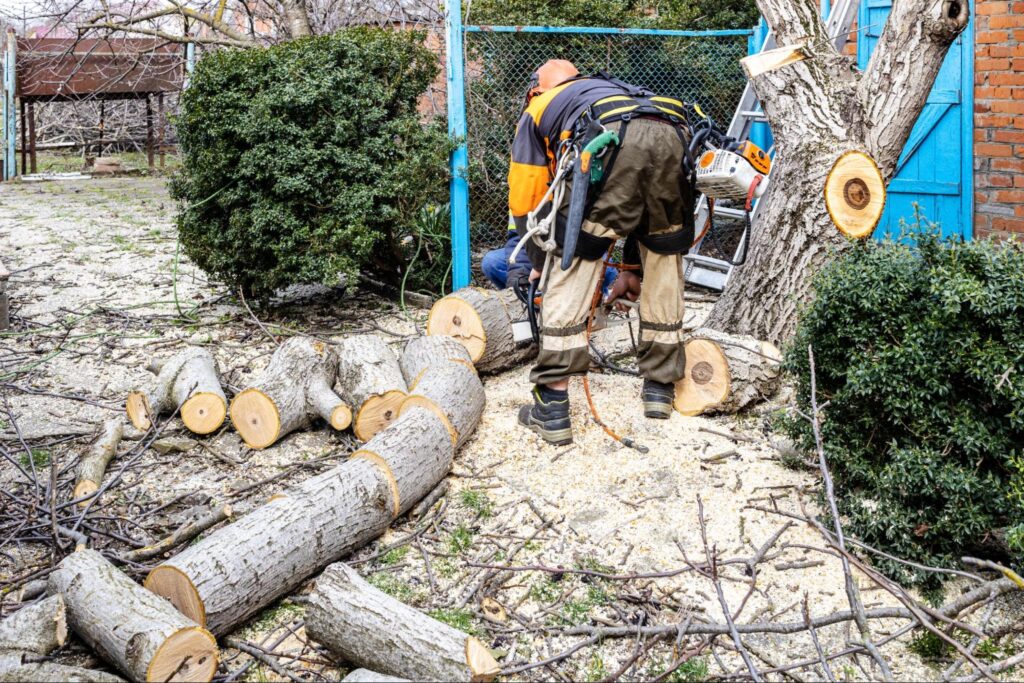
What to Do After Emergency Tree Removal
After emergency tree removal, it’s important to assess your property and take steps to ensure everything is secure and properly restored. While the immediate danger may have been eliminated, other considerations must be addressed to prevent further issues and maintain your landscape’s safety and aesthetics. Consider taking the following steps to prevent further damage and support landscape recovery after the service:
Inspect the Area for Hazards
Once the tree is removed, inspect the area for hazards, such as exposed roots or broken branches. These can still present tripping hazards or cause damage to surrounding structures. Addressing these remnants immediately is essential to ensure the site is completely safe. Removing smaller debris can prevent accidents and allow you to move forward with necessary repairs or landscaping.
Consider Stump Removal
After removing a tree, you may have a stump that can become a hazard or eyesore. Depending on your plans for the area, stump grinding or removal may be necessary to ensure the space is usable. Stump grinding breaks the stump into small chips, preventing regrowth and leaving the area flat. Removing the stump is often the best option for landscaping or planting new trees.
Assess the Soil and Ground Health
Tree removal can impact the soil and ground around the site. In some cases, the ground may be left uneven or compacted, which can affect future plantings or the health of the surrounding area. Soil testing and possible amendments may be needed to restore the ground’s health. Consider consulting a landscaping expert to ensure the soil is ready for future planting or restoration efforts.
Plan for Replanting
If you removed a tree and want to replace it, planning for replanting is the next step. Choosing a new tree that suits your yard’s climate, soil conditions, and space can help ensure a successful replant. A local arborist or landscaper can recommend the best tree options for your area. Make sure to properly prepare the site for planting to avoid damaging any new growth or causing issues in the future.
Contact Insurance if Necessary
If the tree removal was due to storm damage, it’s worth checking if your homeowner’s insurance covers any related costs. Some policies may cover removing trees that fall on your property or cause damage. After removing the tree, contact your insurance provider to see if you can file a claim to recover some of the costs associated with the removal or property damage. This can help you offset expenses and cover any storm-related damages.
Call Emergency Tree Removal at the First Sign
For unknown reasons, some people hesitate to call emergency tree removal services. However, this is not a good move, especially if you have no experience removing trees or any damage that the storm left. Don’t hesitate to call for emergency tree removal when you notice minor tree damage, such as leaning or broken branches. Waiting too long can lead to more significant issues, causing potential damage to your property or putting your safety at risk. The longer you wait, the greater the chances of a dangerous situation developing. Acting quickly removes the tree before it causes harm, saving you time, money, and stress. Don’t think twice—addressing the issue early is the best way to protect your property and loved ones.
Find out how emergency tree removals can protect your property on the J. Christie Landscape blog.
